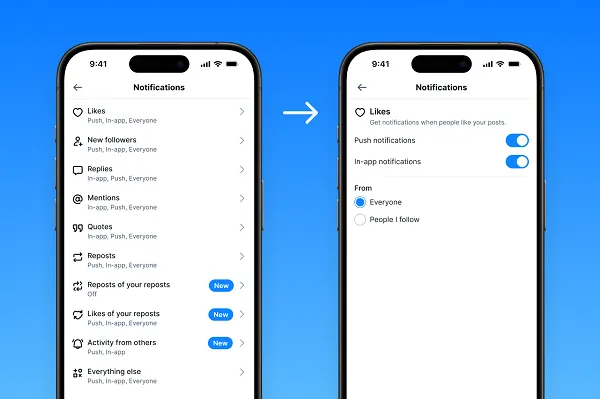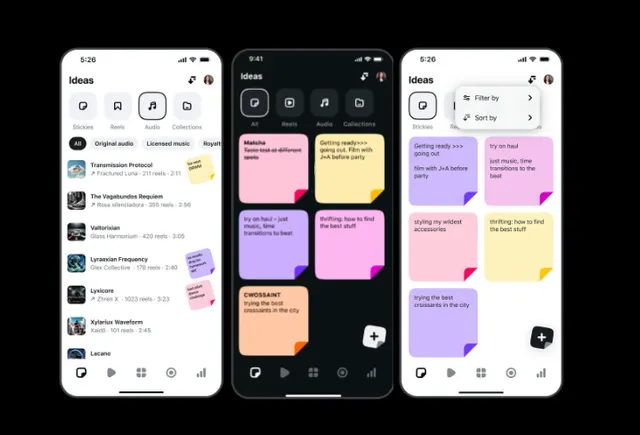TikTok isn’t really limiting kids’ time on its app
TikTok’s younger users will now be told when they’ve been watching for a while. | Westend61/Getty ImagesTeens can still click right on through the new screen time limit. Amid growing concerns (and lawsuits) about social media’s impact on the...

Amid growing concerns (and lawsuits) about social media’s impact on the mental health of children, TikTok announced on Wednesday that it’s setting a 60-minute time limit on screen time for users under 18 and adding some new parental controls. Those “limits,” however, are really more like suggestions. There are ways young users can continue to use the app even after the screen time limits have passed.
The news comes amid a larger discussion about the harms of social media on younger people as well as an enormous amount of scrutiny on TikTok itself over its ties to China. And while the updates make TikTok look like it’s taking the lead on mitigating those harms, it likely won’t be enough to assuage the national security concerns many lawmakers have (or say they have) about TikTok. They might not even be enough to assuage concerns they have over social media harm to children.
In the coming weeks, minor users will have a 60-minute screen time limit applied by default, at which point a prompt will pop up in the app notifying them and giving them the option to continue.
For users under 13, a parent or guardian will have to enter a passcode every 30 minutes to give their kid additional screen time. No parent code, no TikTok.
But users aged 13 to 17 can enter their own passcode and continue to use the app. They can also opt out of the 60-minute default screen time limit, but if they spend more than 100 minutes on TikTok a day they will be forced to set their own limits — which they can then bypass with their code. They’ll also get a weekly recap of how much time they’ve spent on the app. TikTok believes these measures will make teens more aware of the time they spend on the app, as they’re forced to be more active in choosing to do so.
Finally, parents who link their TikTok accounts to their children’s will have some additional controls and information, like knowing how much time their kids spend on the app and how often it’s been opened, setting times to mute notifications, and being able to set custom time limits for different days.
:no_upscale()/cdn.vox-cdn.com/uploads/chorus_asset/file/24470984/tiktok_limits.jpeg) New controls for your (or your kid’s) TikTok experience.TikTok
New controls for your (or your kid’s) TikTok experience.TikTok
The Tech Oversight Project, a Big Tech accountability group, was not impressed by TikTok’s announcement, calling it “a fake ploy to make parents feel safe without actually making their product safe.”
“Companies like YouTube, Instagram, and TikTok centered their business models on getting kids addicted to the platforms and increasing their screen time to sell them ads,” Kyle Morse, Tech Oversight Project’s deputy executive director, said in a statement. “By design, tech platforms do not care about the well-being of children and teens.”
TikTok has long been criticized for its addictive nature, which causes some users to spend hours mindlessly scrolling through the app. It has implemented various screen time management tools throughout the years, and currently allows users to set their own time limits and put up reminders to take breaks or go to sleep. These new controls will let them customize those settings even more. TikTok says those controls will soon be available to adult users, too, but adults won’t be getting that time limit notice by default like the kids will.
TikTok is one of several social media apps that has introduced options for minor users. Meta allows parents to limit how much time their kids spend on Instagram, for instance. And the devices kids use these apps on also have various options for parents. But these aren’t enabled by default like TikTok’s 60-minute notice will be.
This all comes as lawmakers appear to be getting serious about laws that would regulate if and how children use social media. President Biden has said in both of his State of the Union addresses that social media platforms are profiting from “experimenting” on children and must be held accountable. Sen. Josh Hawley (R-MO) wants to ban children under 16 from using social media at all. On the less extreme side, Sens. Richard Blumenthal (D-CT) and Marsha Blackburn (R-TN) will be reintroducing a bipartisan bill called the Kids Online Safety Act, which would force social media platforms to have controls over kids’ usage and give parents the ability to set them.
TikTok specifically is also facing the possibility that it will be banned in the US, as lawmakers who are concerned over its China-based parent company have been increasingly vocal about the app and are introducing bills to ban it, believing China could use it to access US user data or push propaganda or misinformation onto US users. TikTok is already banned on federal government devices as well as government-owned devices in the majority of states. The company is currently in talks with the government on an agreement that would alleviate national security concerns and let it continue to operate in the country, but that process has dragged on for several years.
In the meantime, TikTok can say it’s taken the lead on controlling kids’ screen time with its default setting, even if its mostly voluntary measures don’t really do all that much. That might — but probably won’t — win it some points with lawmakers who want to ban it entirely. And that would be the biggest screen time control of them all.
This story was first published in the Recode newsletter. Sign up here so you don’t miss the next one!

 ShanonG
ShanonG 

































